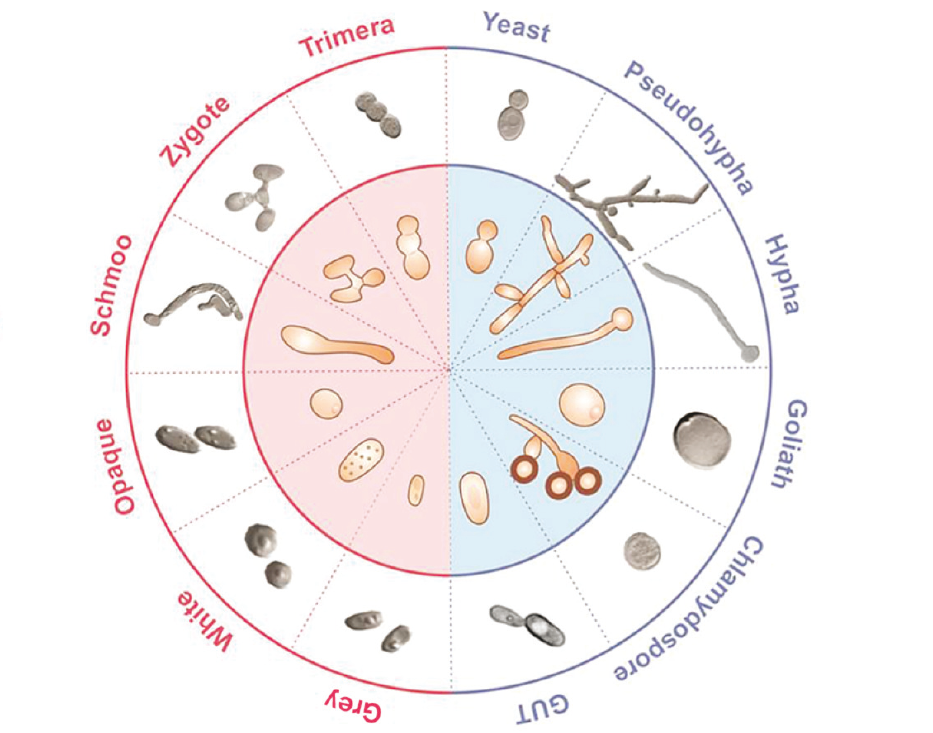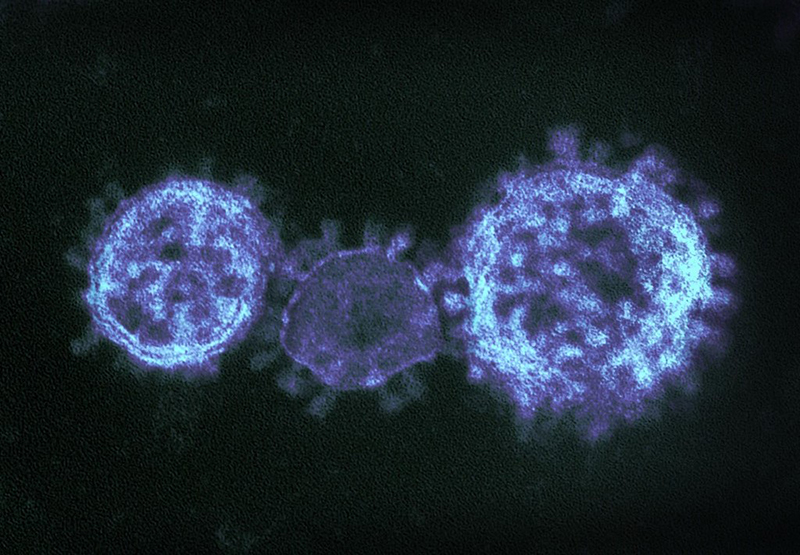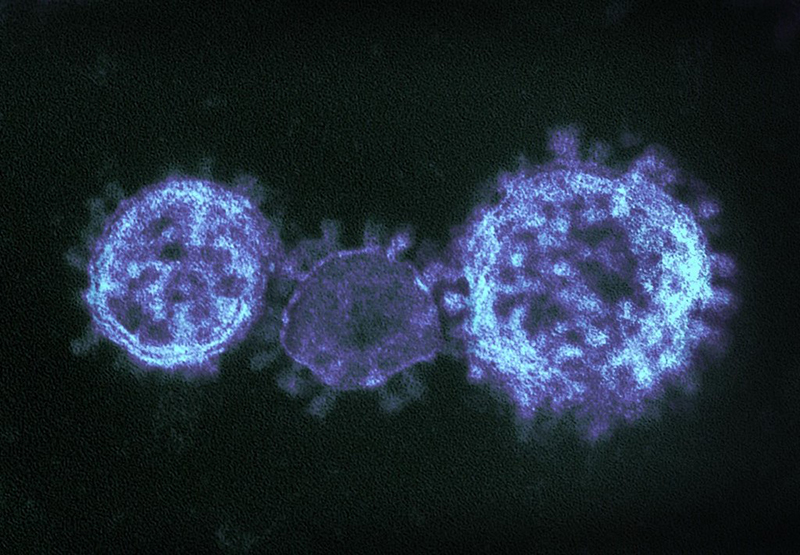Collections
Browse our collections – bringing together peer-reviewed content from across the Society’s publishing platform on a range of hot topics and subject areas.
-
-
Candida
More Less
In conjunction with the Candida and Candidiasis meeting, Microbiology Society is bringing together research on Candida biology – species that are major causes of infectious disease in AIDS patients, cancer chemotherapy patients, premature infants, etc. The polymorphic yeast Candida albicans is the most important fungal pathogen in humans. Beyond the clinics, basic research in this organism deals with a variety of topics of interest, like the genetics and molecular biology behind antifungal drug resistance; the molecular determinants of endurance to nutritional, pH and oxidative stress imposed by the host defences; or its interactions with both the host epithelia and bacterial partners that share the mucosal microbiota with the fungus. This collection of research articles published on diverse aspects of Candida biology showcases the journals’ range of Candida research. This collection is open for submissions across our portfolio. Authors are invited to submit on any aspect of Candida research. Upon submission, please indicate that your manuscript is to be considered for the Candida collection.
-
-
-
Coronaviruses
More Less
Coronaviruses are a large family of viruses that can infect a range of hosts. They are known to cause diseases including the common cold, Severe Acute Respiratory Syndrome (SARS) and Middle East Respiratory Syndrome (MERS) in humans.
In January 2020, China saw an outbreak of a new coronavirus strain now named SARS-CoV-2. Although the animal reservoir for the SARS and MERS viruses are known, this has yet to have been confirmed for SARS-CoV-2. All three strains are transmissible between humans.
To allow the widest possible distribution of relevant research, the Microbiology Society has brought together articles from across our portfolio and made this content freely available.
Image credit: "MERS-CoV" by NIAID is licensed under CC BY 2.0, this image has been modified.
-
-
-
Genomics, Epidemiology and Evolution of Campylobacter, Helicobacter and Related Organisms
More Less
The Campylobacterales are typically microaerophilic species that are often host adapted with the potential for zoonotic infections. The order includes Campylobacter which is the most common bacterial source of gastroenteritis worldwide; Helicobacter which have been associated with peptic ulcers, chronic gastritis, duodenitis, and stomach cancer; the veterinary and clinical pathogen Arcobacter and other related organisms. In conjunction with recent conferences, we present a collection of contemporary studies investigating the genomics of these organisms, guest-edited by members of the conference organising committees: Dr Beile Gao (CHRO-2022; Chinese Academy of Sciences); Dr Ben Pascoe (CampyUK-2021; University of Oxford) and Professor Sam Sheppard (Ineos Oxford Institute, University of Oxford). The Genomics, epidemiology and evolution of Campylobacter, Helicobacter and Related Organisms collection will bring together recent advances that use genomic data to advance understanding in the field. Wide-ranging contributions include findings from active national surveillance programs, comparisons of local and global variations in population structure, studies of antimicrobial resistance emergence and spread, core and accessory genome evolutionary analyses, pathogenicity studies, investigations of plasmids and mobile elements, and genome rearrangement, editing and/or methylation studies.
-



